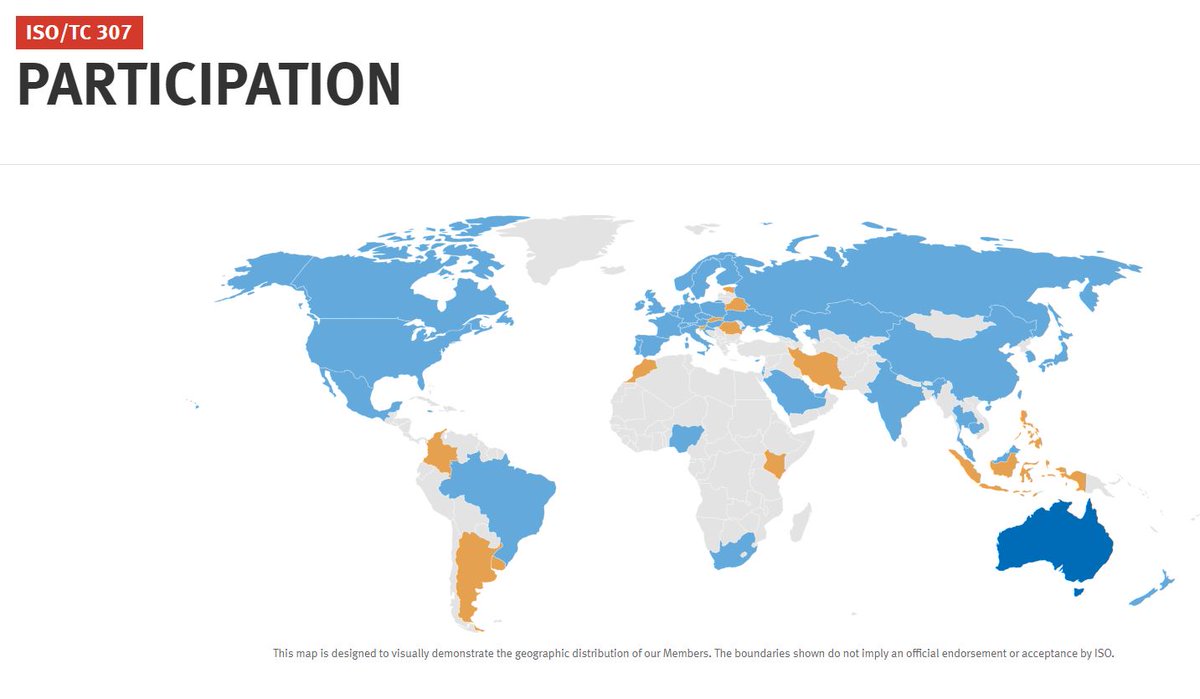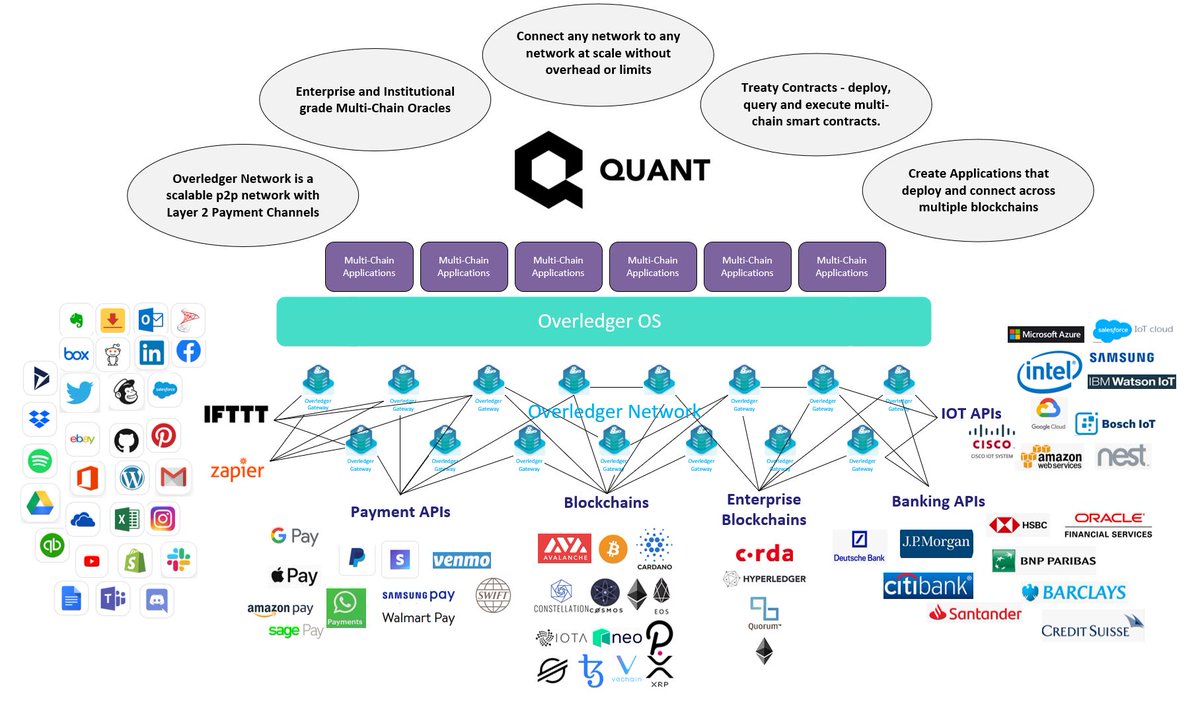
1/ Derivatives are the most heavily traded asset class globally worth quadrillions of dollars. Chinese Traders are banned from accessing US equities and vice versa. UK has banned crypto derivatives. $INJ offers a fully decentralised exchange where all those trades can take place
https://twitter.com/BandAdventurer/status/1380231549157847044
2/ As well as access to Cross Chain DeFi Trading / NFT's / Cross-Chain Yield Markets / Forex and Interest Rate Futures, Stocks and many more.
For every trade made 0.1 - 0.2% is charged as trading fees. Of which 60% of that is used to buy $INJ which is to then burned.
For every trade made 0.1 - 0.2% is charged as trading fees. Of which 60% of that is used to buy $INJ which is to then burned.
3/ Coinbase did $335 Billion in volume in 3 months in a market with a market cap of under 2 trillion. 0.1% of that volume as fees would be 3.3 Billion, 0.2% would be 6.6 Billion
Coinbase is heavy regulated and has very limited set of assets to trade and blocked in some countries
Coinbase is heavy regulated and has very limited set of assets to trade and blocked in some countries
4/ Uniswap has shown how easy it is to easily create new markets for DeFi and the volume it has achieved has at times exceeded coinbase.
But the crypto market is still tiny in comparison to the $90 trillion stock market, $1000+ trillion in Derivatives and others.
But the crypto market is still tiny in comparison to the $90 trillion stock market, $1000+ trillion in Derivatives and others.
5/ Injective enables the trading of any market in a completely decentralised manner with a simple interface without the restrictions that centralised exchanges have to follow due to regulations.
6/ With investments from some of the largest institutional trading funds and a platform designed to cater to institutional investor needs as well as retail then this opens up the market to exponentially more value as well.
7/ Now work out what 0.1% - 0.2% of that potential volume is in markets with market caps of quadrillions of dollars. Each month 60% of that is used to buy $INJ from the market where it is burned
8/ Look how successful that model has been for $BNB and others but still with only access to a relatively small market with a restrictive set of assets on offer due to regulation and having to wait and pay large fees to get access to markets you want to trade.
9/ $INJ is also used as a governance token where you vote for new assets you want to add rather and changes to the exchange protocol.
It also secures the network with staking rewards / delegation, locking $INJ up and reducing circulating supply
It also secures the network with staking rewards / delegation, locking $INJ up and reducing circulating supply
It can also be utilised as an alternative to stablecoins as margin and collateral for injective's derivatives markets, locking up $INJ and further reducing circulating supply.
The exponential growth of the platform, combined with lock ups and large amounts of $INJ needing to be acquired and then burnt creates deflationary pressures. The markets $INJ can access are limitless and enormous in value.
• • •
Missing some Tweet in this thread? You can try to
force a refresh








